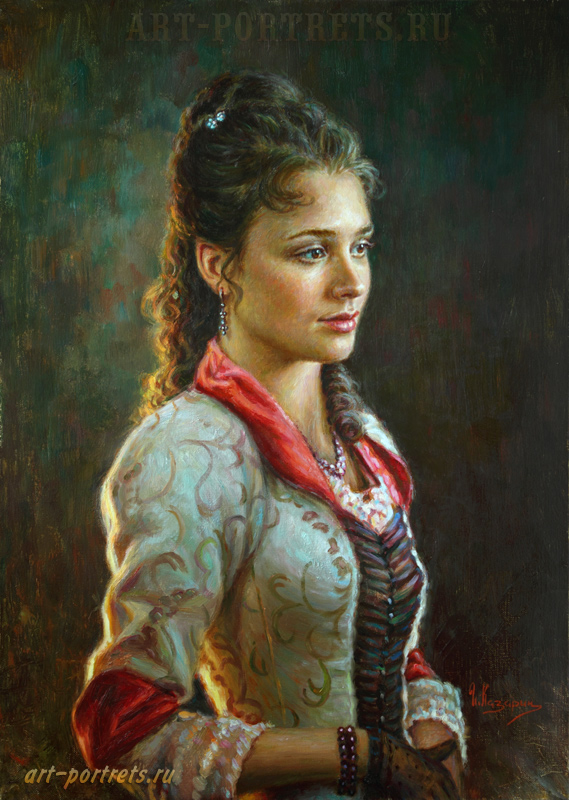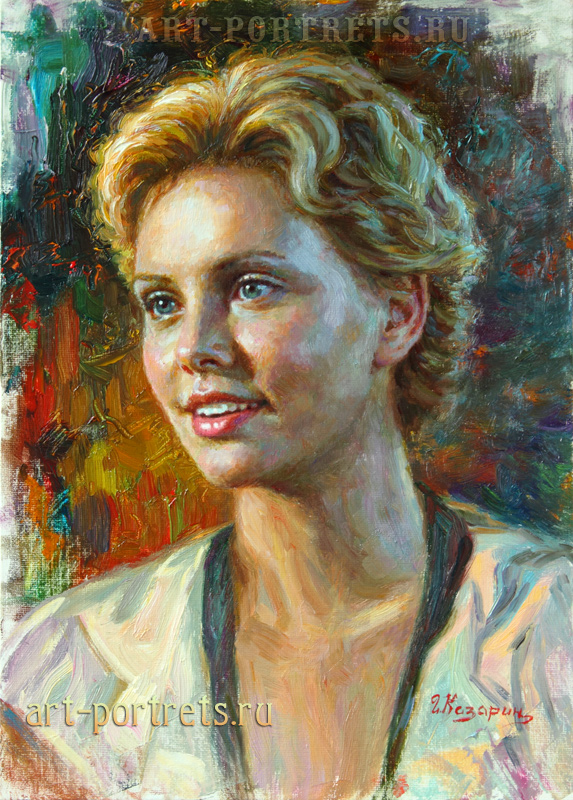Paintings of people have long been a captivating form of artistic expression that brings life, emotion, and storytelling to the canvas. From ancient civilizations to modern times, portraits and figurative art have served as windows into the human soul, reflecting culture, history, and individuality. Whether you're an art enthusiast, collector, or simply curious about this timeless medium, exploring paintings of people offers endless inspiration and insight.
This form of art transcends mere representation; it delves deep into the complexities of human nature, capturing moments, expressions, and narratives that resonate across generations. The beauty of paintings of people lies in their ability to evoke emotions and create connections between the viewer and the subject, bridging gaps of time and space.
Through this article, we will explore the rich history, techniques, and significance of paintings of people. We'll also uncover how these works of art continue to influence contemporary culture and inspire new generations of artists. Let's embark on a journey to understand why paintings of people remain one of the most enduring and beloved forms of artistic expression.
Table of Contents
- The History of Paintings of People
- Types of Paintings of People
- Techniques Used in Creating Paintings of People
- Famous Artists Known for Paintings of People
- Iconic Paintings of People Through the Ages
- Symbolism in Paintings of People
- Modern Influence of Paintings of People
- Collecting Paintings of People
- Preservation of Paintings of People
- Conclusion
The History of Paintings of People
Paintings of people date back thousands of years, with early examples found in cave paintings and ancient Egyptian tomb murals. These early depictions often served religious or ceremonial purposes, showcasing figures in symbolic poses. As civilizations advanced, so did the complexity and purpose of these artworks. During the Renaissance, paintings of people reached new heights of realism and emotional depth, thanks to innovations in perspective and anatomy.
Evolution of Portraiture
The evolution of portraiture reflects changing societal values and artistic techniques. From the formal portraits of royalty in the Baroque period to the intimate, expressive works of the Impressionists, each era brought its own unique style and focus. Paintings of people began to emphasize not just physical likeness but also the inner qualities and emotions of the subjects.
Types of Paintings of People
There are various types of paintings of people, each with distinct characteristics and purposes. Below are some of the most common categories:
- Portraits: Focus on capturing the likeness and personality of an individual.
- Group Portraits: Depict multiple individuals, often highlighting relationships or shared experiences.
- Figurative Art: Represents the human form in a more abstract or stylized manner.
- Narrative Paintings: Tell stories through depictions of people in action or specific scenes.
Techniques Used in Creating Paintings of People
Creating paintings of people requires a mastery of several techniques, including:
- Anatomy and Proportions: Understanding the structure of the human body is crucial for realistic portrayals.
- Lighting and Shading: Employing chiaroscuro and other lighting techniques to add depth and dimension.
- Color Theory: Using color to convey mood, atmosphere, and realism.
Artists often spend years honing these skills, studying both classical methods and contemporary innovations.
Famous Artists Known for Paintings of People
Throughout history, numerous artists have made significant contributions to the world of paintings of people. Below are a few notable names:
Leonardo da Vinci
Known for masterpieces like the "Mona Lisa," da Vinci combined scientific precision with artistic genius to create lifelike and enigmatic portraits.
Pablo Picasso
As a pioneer of Cubism, Picasso redefined how the human form could be represented, challenging traditional notions of realism.
Iconic Paintings of People Through the Ages
Certain paintings of people have become cultural touchstones, celebrated for their artistry and impact. Examples include:
- The Last Supper by Leonardo da Vinci: A narrative masterpiece depicting Christ and his disciples.
- Starry Night by Vincent van Gogh: While not strictly a portrait, it features a human figure and conveys profound emotion.
Symbolism in Paintings of People
Symbolism plays a vital role in paintings of people, adding layers of meaning beyond surface-level representation. Artists use symbols to convey themes such as power, love, death, and spirituality. For instance, a crown might signify royalty, while a broken column could represent mortality.
Interpreting Symbolism
Understanding the symbolism in paintings of people enhances appreciation of the artwork, offering insights into the artist's intentions and the cultural context of the piece.
Modern Influence of Paintings of People
In the modern era, paintings of people continue to thrive, adapting to new technologies and trends. Digital art has expanded the possibilities for creating and sharing portraits, while social media platforms have democratized access to art. Contemporary artists often blend traditional techniques with modern elements, pushing the boundaries of what paintings of people can achieve.
Collecting Paintings of People
For many, collecting paintings of people is a passion that combines art appreciation with investment potential. When building a collection, consider factors such as the artist's reputation, the painting's condition, and its historical significance. Consulting experts and attending art auctions can help ensure wise acquisitions.
Tips for Collectors
Here are some tips for aspiring collectors:
- Research extensively before purchasing.
- Focus on artists whose work resonates with you personally.
- Invest in quality over quantity.
Preservation of Paintings of People
Preserving paintings of people requires careful attention to environmental conditions and handling practices. Exposure to sunlight, humidity, and temperature fluctuations can damage delicate pigments and canvases. Proper framing, storage, and regular maintenance are essential for ensuring that these artworks endure for future generations.
Conclusion
Paintings of people offer a window into the human experience, capturing moments, emotions, and stories that transcend time. From ancient cave paintings to modern digital masterpieces, this art form continues to evolve, inspiring both creators and viewers alike. By understanding the history, techniques, and symbolism behind paintings of people, we gain a deeper appreciation for their enduring appeal.
We invite you to explore further by sharing your thoughts in the comments below or delving into other articles on our site. Whether you're an art enthusiast or simply curious about the world of paintings of people, there's always something new to discover and enjoy.


